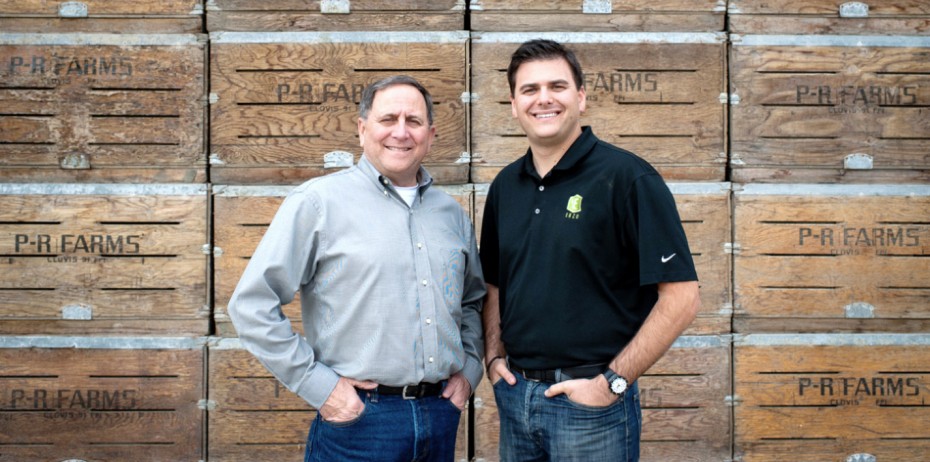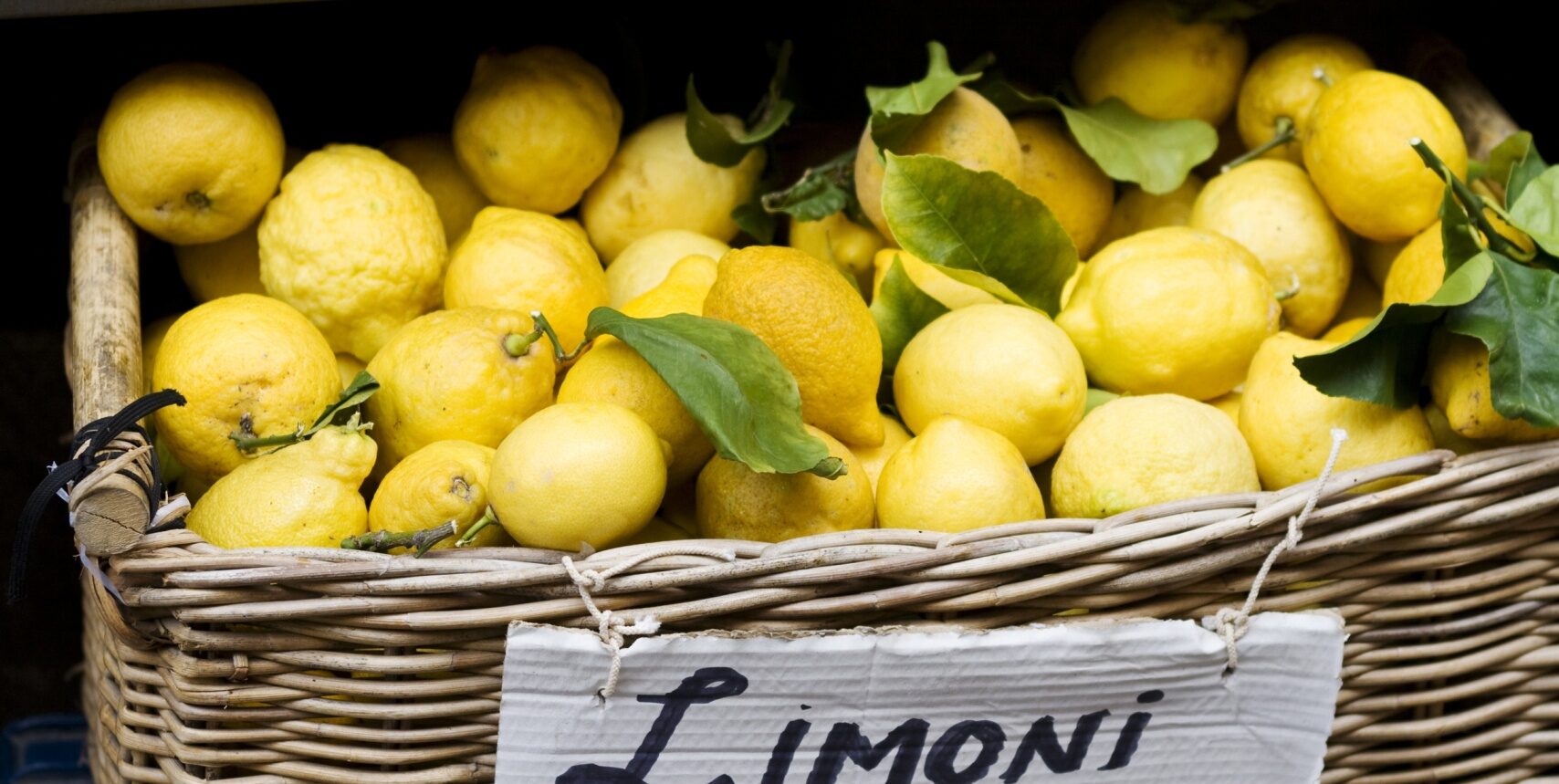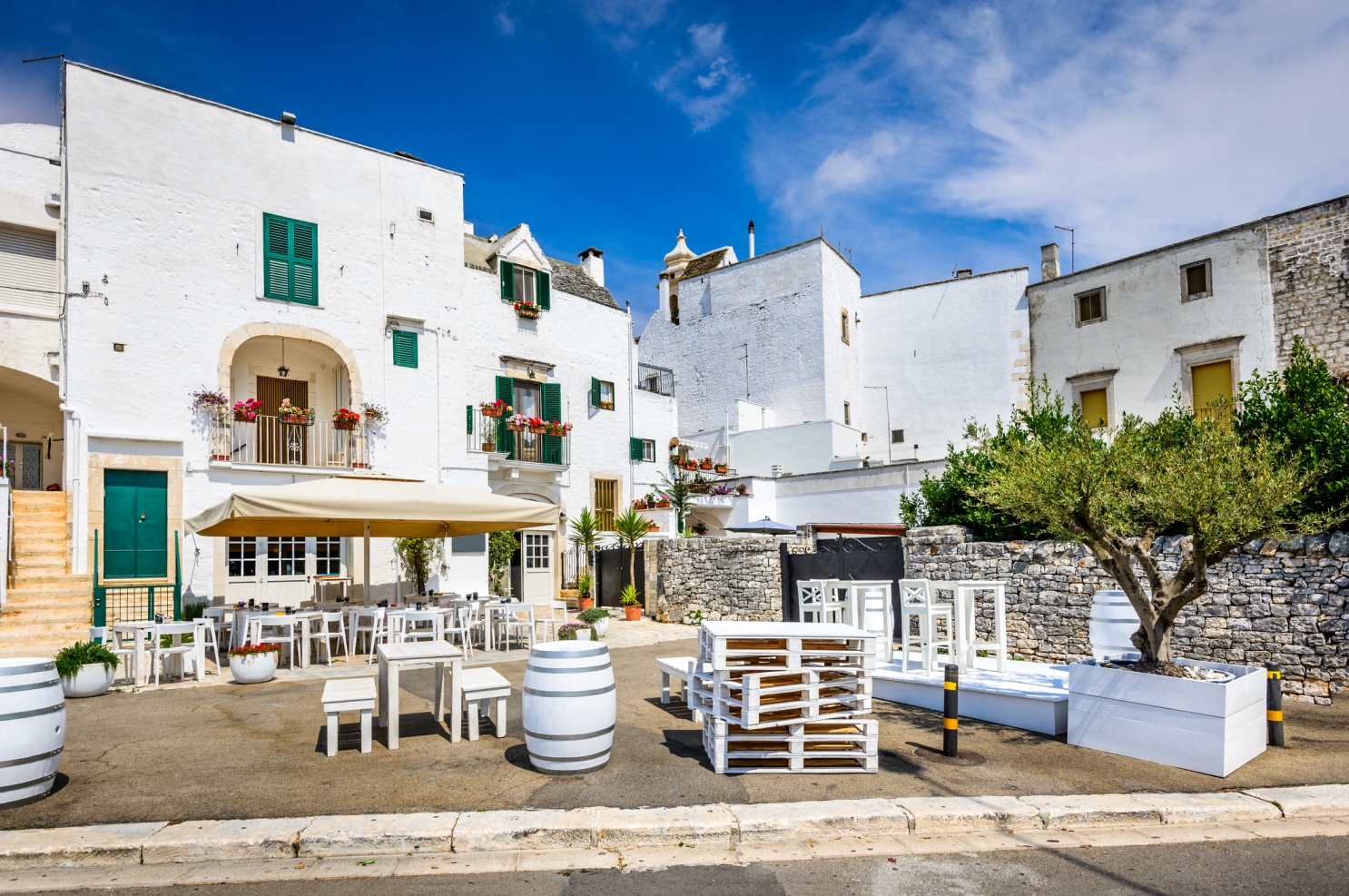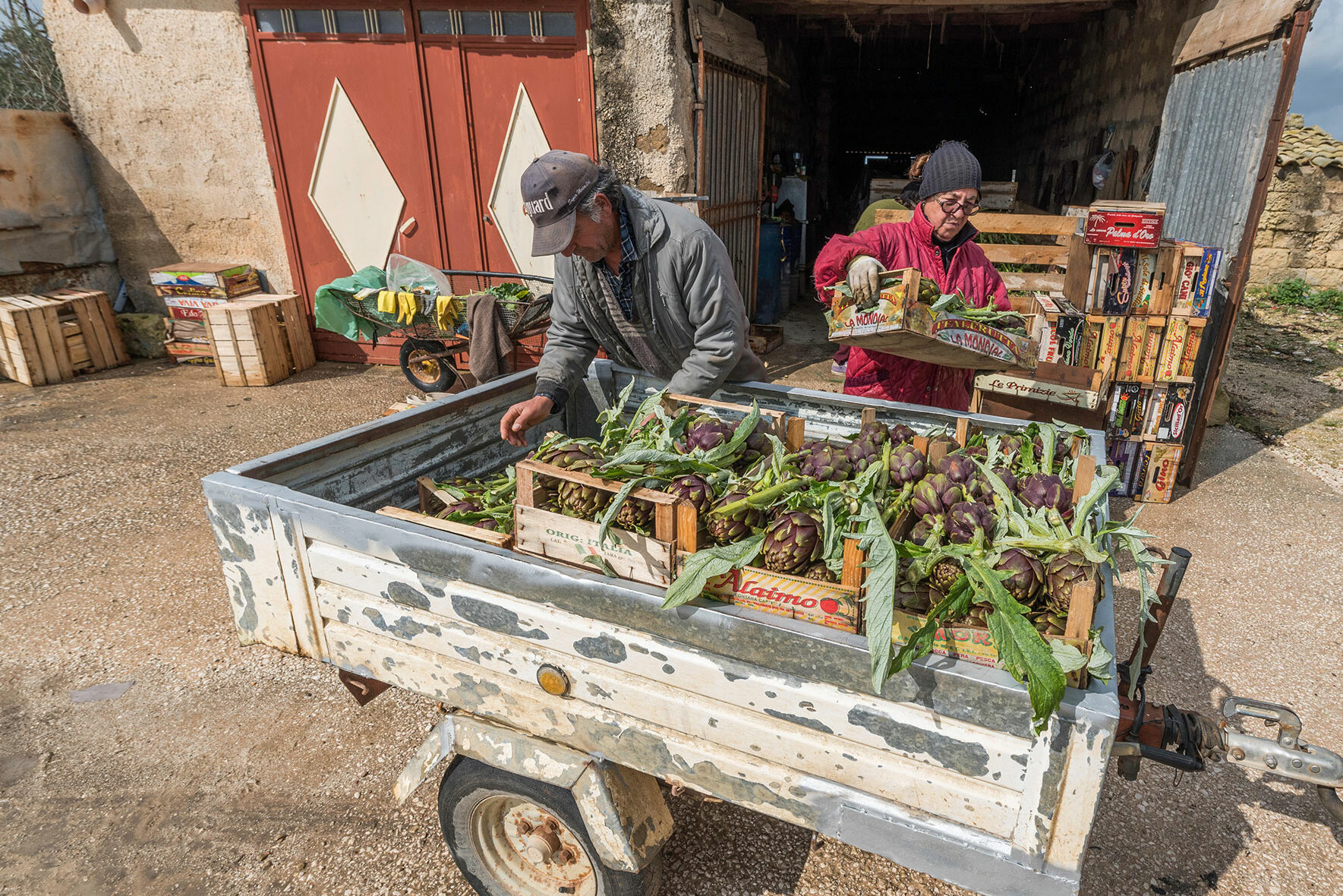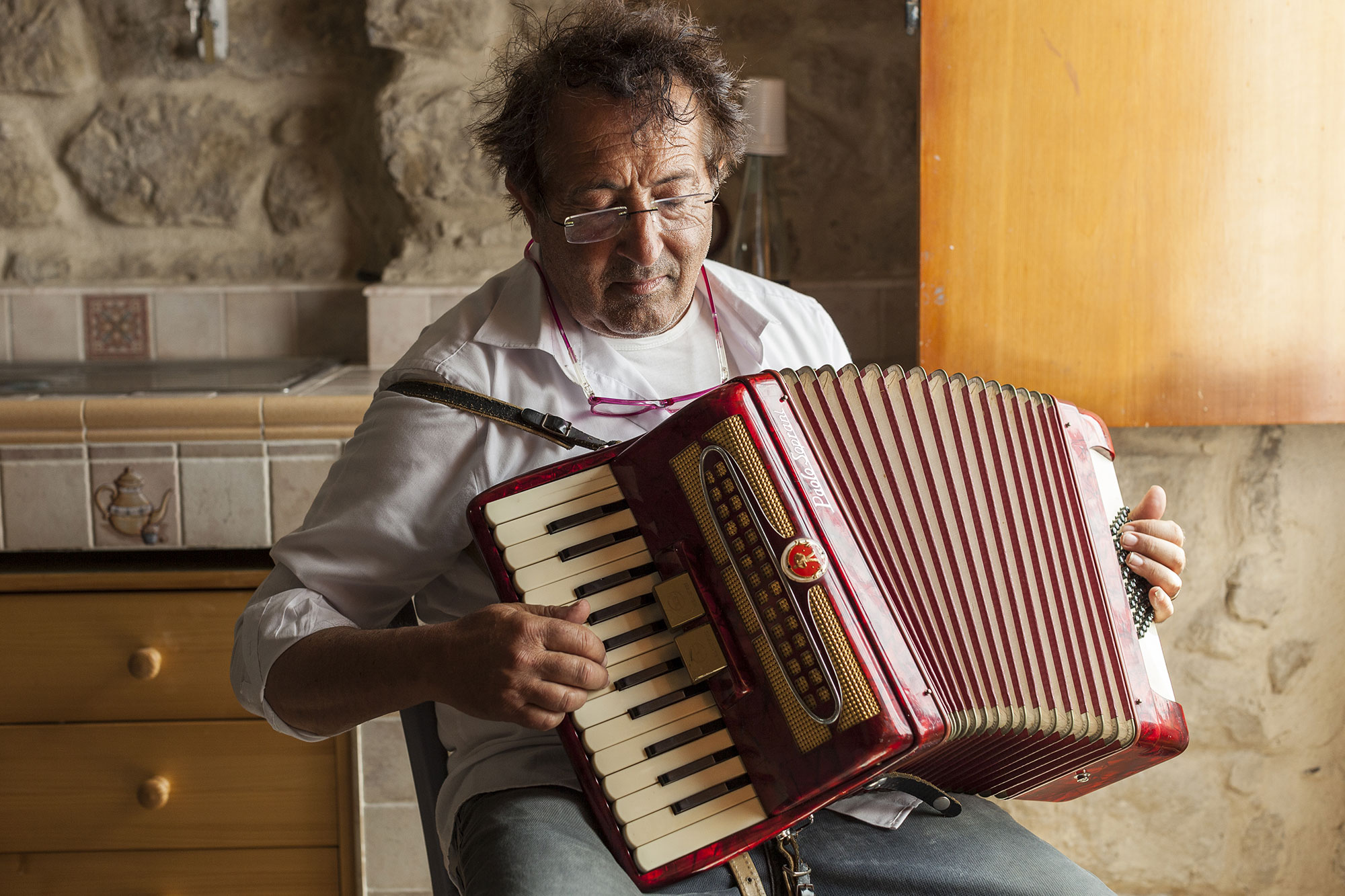California olive oil producers are hard at work these days, with the olive harvest season currently under way. An unprecedented production of 4 million gallons of extra virgin olive oil is estimated for this year’s harvest, almost double what was produced last year.
A sign that the California olive oil industry is here to stay – and grow. More than 75 olive varieties are grown in California over 35,000 acres, with an estimated 3,500 new acres to be planted each year through 2020, according to the California Olive Oil Council (COOC), the non-profit organization representing most of the roughly 400 olive oil producers in California. “California produces some of the best olive oil in the world,” said Patricia Darragh, the executive director of the COOC, whose mission is to promote the consumption of certified California extra virgin olive oil through consumer education. “With a perfect climate and modern technology, along with creativity and innovation, California olive oil can match or exceed the best.”
Olive oil has been produced for millennia – not just as food, but also as medicine and beauty aid. Its health benefits are recognized worldwide. The olive tree is native to the Mediterranean basin; it was brought to California in the late 18th century, when Spanish missionaries planted olive trees at the missions they established between San Diego and Sonoma. By the mid-19th century, the California olive oil industry was thriving; however, it was dormant throughout much of the 20th century. In the last 15 years, the growing demand of Americans for quality extra virgin olive oil has boosted the industry, which can now position itself alongside the world’s leading producers of extra virgin olive oil in terms of quality.
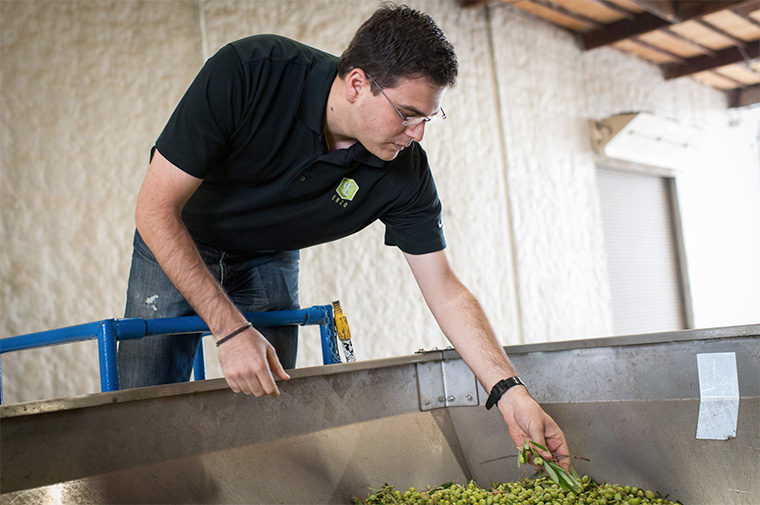
“We’re entering the same competitions that Italian producers are entering – and we’re winning,” said Vincent Ricchiuti, the owner of Enzo Olive Oil Company, which, in just four years, has collected 67 awards for the quality of its extra virgin olive oil. Based in Madera, in the heart of California’s central San Joaquin Valley, the company, founded by Ricchiuti’s Italian grandfather in the early 20th century, planted its first olive trees in 2008 and collected its first harvest in 2011. All the equipment comes from an Italian company in Bari. “Approximately 98% of olive oil consumed in the U.S. is imported,” Ricchiuti said. “But not all the good olive oils from Italy make it to the U.S. We thought that if we could make a high-quality product, we could tap into the domestic market. Plus, we’re Italians, we have family and friends who make olive oil in Puglia, and love to have this connection to our roots.”
Despite the recent accolades received by California extra virgin olive oil, many consumers appear reluctant to give it credit as they still associate authentic olive oil with the Mediterranean area, and especially Italy, known for producing some of the best extra virgin in the world. “I think we should be more inclusive,” said Rome-born Orietta Gianjorio, a member of the California Olive Oil Council Taste Panel, whose job is to make sure that the olive oils submitted to the COOC every year within a few months of harvest are free of defects in order to qualify as extra-virgin. “It is not a matter of California vs Italy; it is a matter of high quality vs low quality. California has been producing fantastic olive oils for years and it deserves respect by the international olive oil community. I think we (Italians) should give credit where credit is due. Italy has produced high-quality olive oils for centuries. In the last few decades, California has invested energy and has acquired state-of-the-art equipment to produce high quality olive oils. One thing does not exclude the other. To me, this is actually exciting! Inclusive and diverse, this is how the market should be.”
Having options is especially important when you consider that extra virgin olive oil is one of the most widely counterfeited products, meaning it is often mixed with colorants and other less expensive oils – but the label does not tell you that. A widely cited 2010 report by the University of California at Davis (Olive Center) has found that 69% of imported “extra virgin olive oil” is not extra virgin at all, while only 10% of California is not. “When looking for a high quality olive oil, a bottle with the COOC seal is a guarantee of quality,” Darragh said.
Here is where educating consumers and educating oneself can make a difference. “Consumers only have to put a little effort into reaching out to us and getting educated about what they feed to their family,” said Gianjorio. “This is not the time in history when one can buy food without researching. And, as the world of olive oil grows, I have one more tip for consumers: make sure you get educated, but also research the source of your information.”
This year’s crop at Enzo Olive Oil is going to be the biggest, confirming predictions for a record production year. “If you take very good care of the tree, of the mill, of the harvest process, you’re going to make great olive oil,” Ricchiuti told me before getting back to its harvest. “The more we study and practice, the better we can be. This is just the beginning.”

